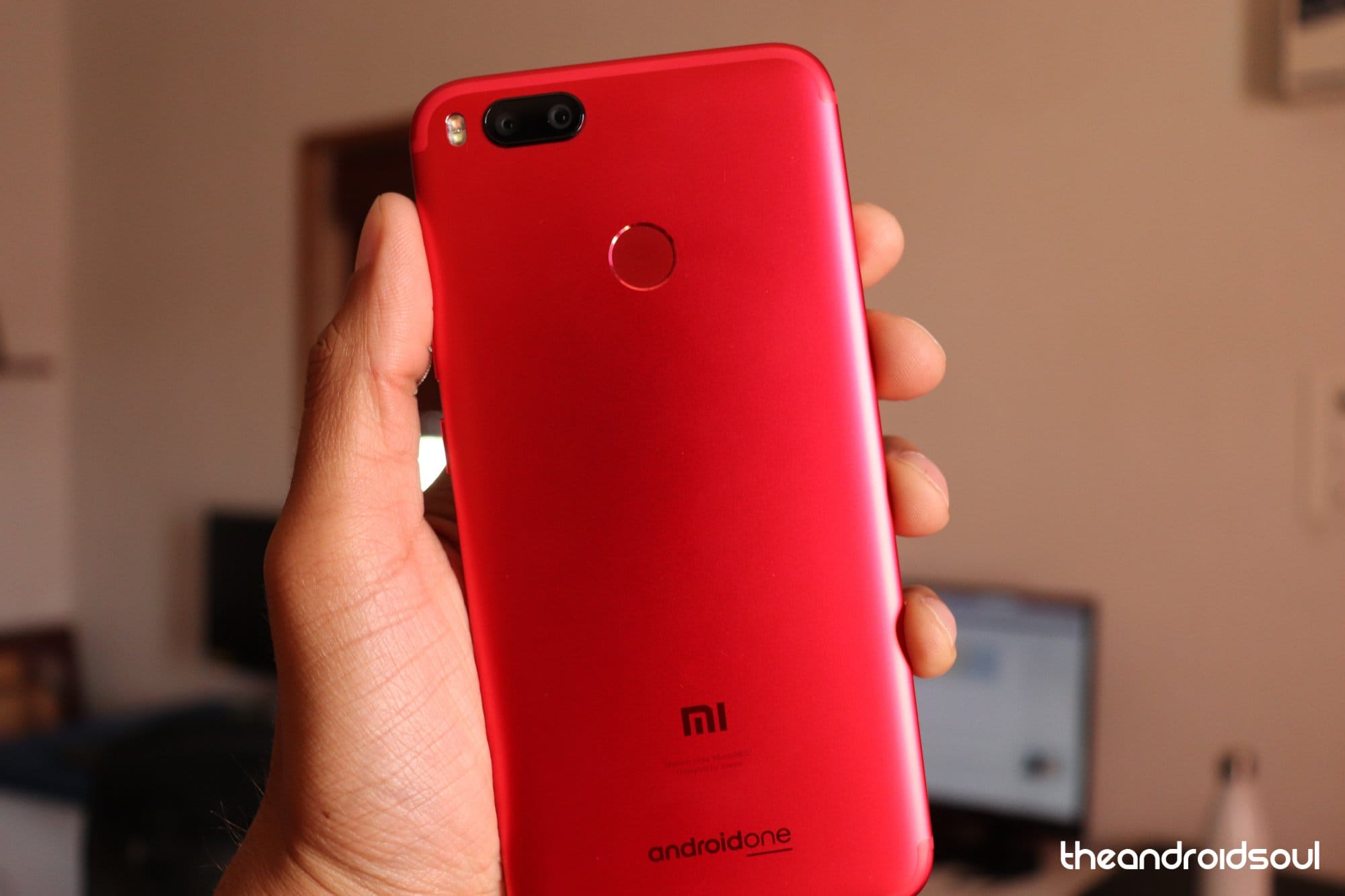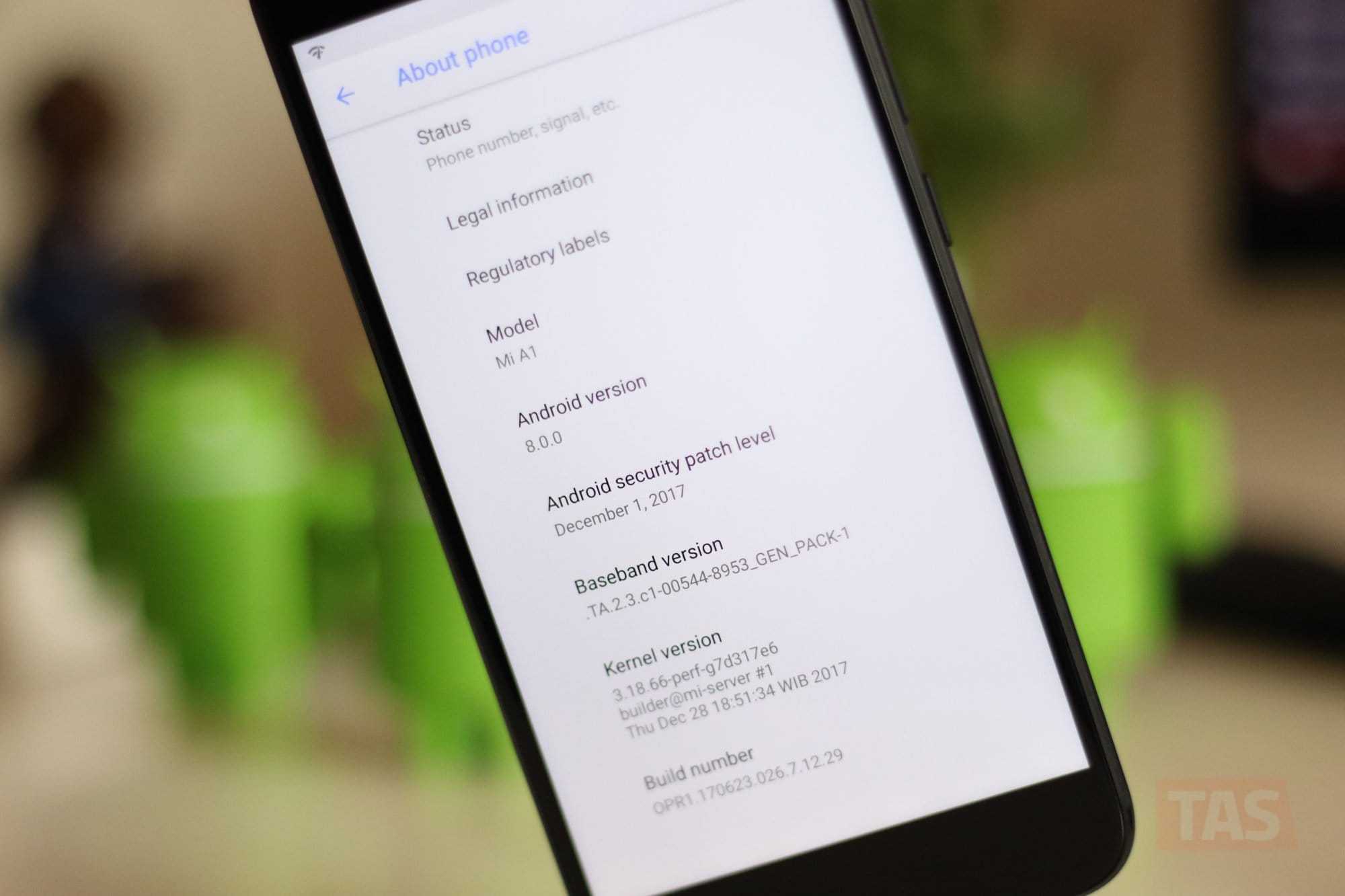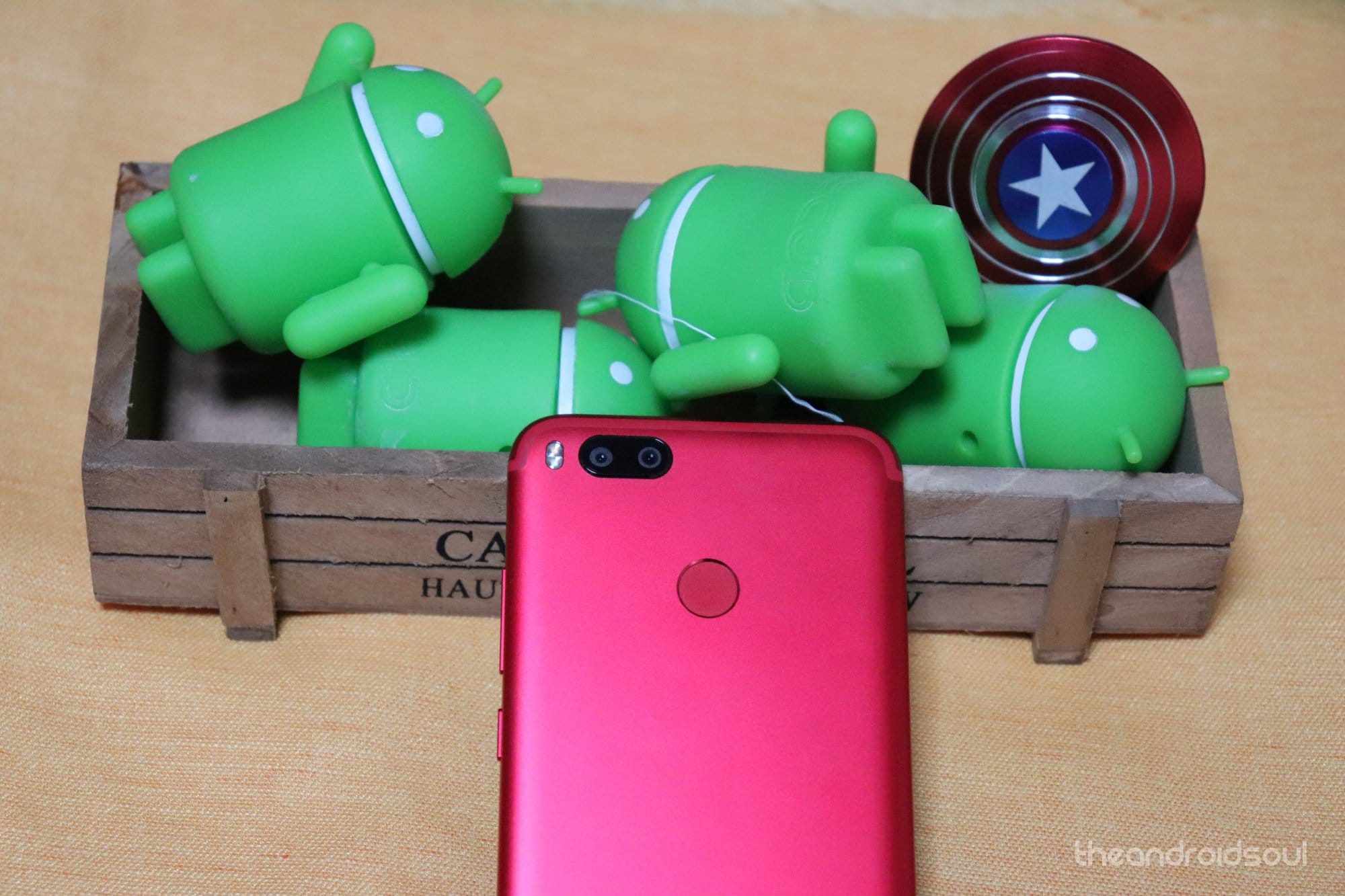Xiaomi might be little known to some, but many enthusiastic smartphone fans out there know a thing or two about this Chinese OEM. Sitting at number four in China, the smartphone vendor has recently scooped the top position in India’s smartphone market share, beating the likes of Samsung, Oppo, and Huawei to the crown.
For the uninitiated, India is the third-leading smartphone market after China and the U.S. And now that Xiaomi has made a breakthrough in two of the three leading smartphone markets in the world, the Chinese OEM, which is famously known locally as “The Apple of China,” has set its eyes on the U.S. market.
It’s not the first time stories of Xiaomi’s entry into the U.S. market are popping up, but according to The Wall Street Journal, we might finally get to see the company start selling smartphones stateside. Right now, there are a bunch of Xiaomi products available in the U.S., but no smartphone is officially available, something that could change by the end of this year or in 2019.
Also Read: Xiaomi Redmi Note 5: Specs, features, price and more
High-quality phones at affordable prices
Xiaomi is known for its high-quality smartphones that usually cost half or even less their equivalents from the likes of Samsung, LG, HTC, Google, Motorola and other well-known names.
But, that’s not all. In fact, the low-cost nature of Xiaomi phones, especially those in the budget segment, is what is driving the company’s popularity in India. The Redmi series is easily the most sold series of Android phones in the huge Indian market while their latest launch in Redmi Note 5 is getting sold out in a mere 3 seconds, even when the stock on offer was as many as 300,000 units.
The ability to provide consumers with premium-like phones at very affordable prices regardless of the category is what has made Xiaomi so popular in India and China, and Xiaomi would want to give it a go in the U.S. with the same strategy.
Should they bring the Redmi series to the U.S., it would give people a lot of good choices which clearly they don’t have right now, whether that be at Verizon, T-Mobile, Sprint, or AT&T.
MIUI isn’t a fan favorite, yet
Despite their great hardware and premium builds, many people have always had issues with Xiaomi’s software, MIUI. Even with constant improvements over the years, MIUI hasn’t been a fan favorite, something that we even saw when the company tried to poll its followers on Twitter regarding their preference between Android One and MIUI skin.

Interestingly, many were for Android One, which speaks a lot about the dislike people have for the company’s MIUI. Also, the success of Xiaomi Mi A1, which runs on Android One, is an indicator that the company can do better with a pure Android experience than trying to force MIUI down people’s throats. But let’s face it, Xiaomi has come all the way because people not only like the hardware but also MIUI and one device in Mi A1 cannot change that in a blink of an eye.
But MIUI is still best of the lot!
It’s not possible to take Android fanboys from two beliefs – that Android is ahead of iOS and that nothing beats stock Android. If you can’t get stock Android, the closer to AOSP the better.
Of the many Android users, only a small chunk can be termed as tech-savvy. This is the group that believes having an Android skin is detrimental and negatively impacts the desired user experience. If anything, these are the folks that feel smartphone vendors that have Android skins on top of stock Android have basically lost touch with their demands.
There’s a consensus that skins are uglier compared to AOSP and basically add duplicate apps that result in slower phones. These skins are sometimes accused of being inconsistent with Google’s material design, excessive battery consumption and worst of all, they lead to slower updates.
Also Read: Xiaomi Redmi Note 5 Pro: Specs, features, price and more
You’ll be forgiven for thinking that skins are what make Android so confusing, but truth be told, skins are what make Android even more interesting. It’s true most of these arguments would have been valid a few years ago, but looking at the impressive optimizations manufacturers have done to these skins, many will agree that skins are arguably ahead of “stock” Android.
The usual argument is that stock Android is fast, but in a world with devices powered by up to 8GB RAM, you’ll hardly notice any difference between stock Android and skinned versions. Some companies like Samsung, Huawei, and Xiaomi have come a long way with their skins. There are some pretty little additions in there that stock Android users would kill to have.
A few years ago, Nexus 6P was the zippiest Android phone, but today, you’ll be surprised at how buttery Xiaomi Mi 6, for instance, is compared to any other device you’ve used before.

The claim that skins contribute to slow updates is pretty much lame. The likes of Motorola and OnePlus (at least until recently) have near-stock skins but updates are still slow. If anything, skins add new features, some of which can be invaluable, for instance, adding an icon pack, rearranging, resizing, or hiding the nav. bar, assigning extra functions or gestures to nav. buttons, changing color themes and fonts, using a one-handed mode that can shrink the display screen or even change performance or resolution modes, among other stuff.
Xiaomi needs MIUI to make its products unique
With Android One, you get stock UI even when Google itself is favoring what we could call Pixel ROM, that is tweaked and come with extra features that are exclusive to them, essentially making it a skin, just like any other Android OEM. The only major difference is that Google isn’t going to the extremes by adding all types of stuff like Xiaomi, rather, it keeps the skin lightweight, which results in zippy performance.
Also Read: Redmi Note 5 Pro vs Moto G6 and G6 Plus
While we wouldn’t want any custom skins in our sights, we just have to hand it to Xiaomi with MIUI, as it’s the only skin that is seriously beautiful and mindfully practical, such that at times you have to think why Google’s engineers haven’t noticed these nitty UI tweaks that makes Xiaomi’s software a delight.
There have been calls that Xiaomi should follow HMD’s path and go full-on with Android One, but we don’t think that’s the right call. They shouldn’t adopt Android One, at least fully. Rather, we would want them to offer a single Android One device, a Xiaomi Mi A2 perhaps (could be a successor to the Mi A1), but not more. They should bring the MIUI to the U.S. as that is something our Android-fanatic friends in the U.S. have been missing for far too long now.
The latest MIUI 9 stands out as one of the best skins so far and when compared to a few years ago, it’s way lighter, considerably thoughtful, and more functional. It gets you more-than-average battery life and doesn’t result in a drop in performance, ever.
We don’t expect Xiaomi to start selling its flagship phones in the U.S. right off the bat, but we wouldn’t be surprised if they do. Usually, it has taken them quite a bit of time bringing their latest releases from China to India, although, there are exceptions with the likes of Redmi Note 5 Pro and Mi A1 which were first released in India. Like any other new market, it should start in the lower segment, probably with devices in the Redmi Note series, which has so far been one of the most popular.













Discussion